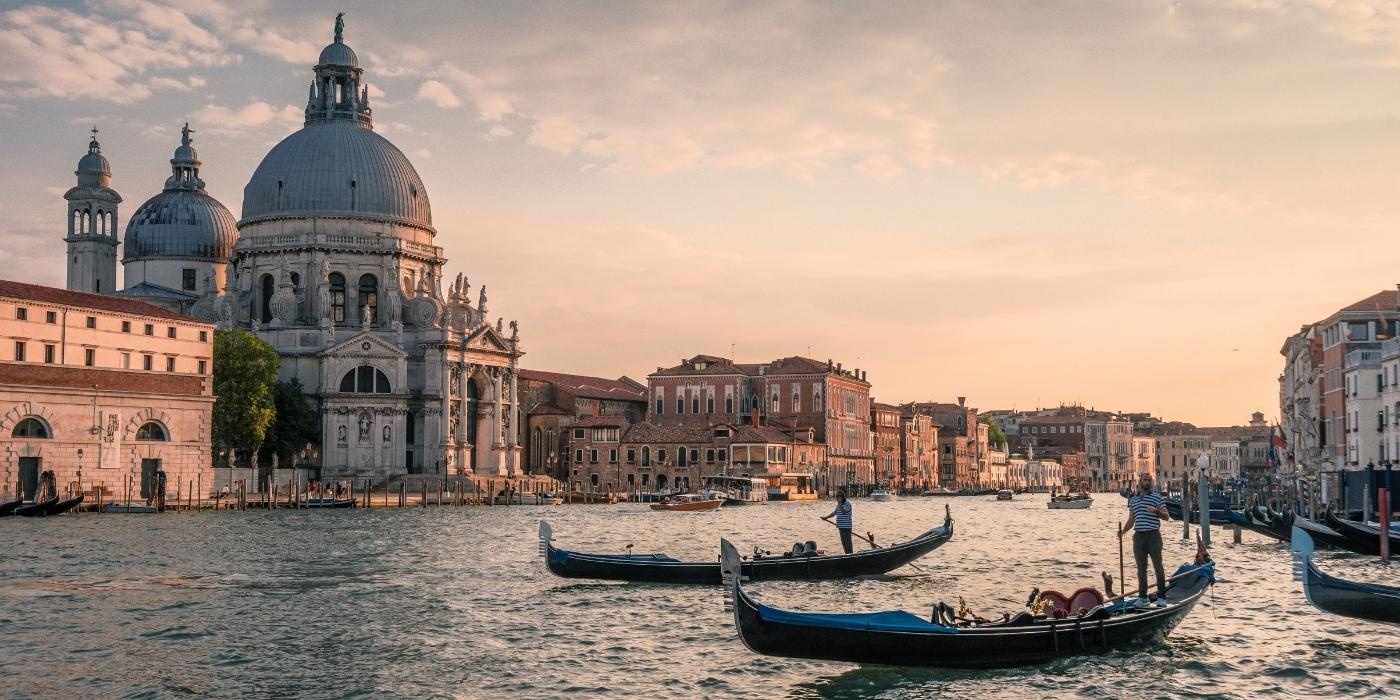
Veneto
Visit Veneto, among rolling hills, Alps, and cities to discover
Things to do in Veneto
All the experiences and attractions for the most popular activities.
Territory of Veneto
The Veneto territory includes a wide variety of landscapes: from the coastal strip overlooking the Adriatic Sea to the Veneto-Friuli plain, which then rises gently in the elevations of the Euganean Hills and Berici Hills, up to the Alps, in the northernmost part of the region, also including most of the Dolomites. Morphologically speaking, the Veneto is a predominantly flat territory, with the presence of discrete mountainous and hilly areas, albeit in smaller part. Several waterways also contribute to characterising the territory, including the Po, the Brenta and the Piave.
Useful information about Veneto
The Veneto is a region in Northern Italy with the capital (and historical capital) of Venice. The other provinces of Veneto are Belluno, Padua, Rovigo, Treviso, Verona and Vicenza. It is bordered to the north by Austria, to the north-west by Trentino-Alto Adige, to the south by Emilia-Romagna, to the south-west by Lombardy, to the east by Friuli-Venezia Giulia and to the south-east by the Adriatic Sea. Together with Trentino-Alto Adige and Friuli-Venezia Giulia, Veneto forms the macro-area of the Triveneto or Tre Venezie.
Top Attractions in Veneto
all entrance tickets for the most popular Italian attractions
Doge Palace
VeniceVenice Gondola Rides
VeniceSt. Mark's Basilica
VeniceJuliet's House
VenetoVivaldi Concert Venice
VeniceGondola Ride
VenicePeggy Guggenheim Collection
VeniceVerona Arena
VenetoDiscover the Italian Ambassador of Excellence in this region
Looking for tips for your next trip? Ask Monna Lisa.

Places and tours of Veneto
For years the Veneto has been one of the most visited Italian regions by tourists, who are enraptured by the places and tours of the Veneto. The first attraction is represented by the cities of art among which Venice stands out, with its lagoon that makes it among the most unique and famous cities in the world, but also Verona, Vicenza, Padua and all other provinces. Of great importance and historical importance are the famous walled cities, among which we remember, in addition to the provinces (the latter are almost all in the category), smaller towns such as Bassano del Grappa or Castelfranco Veneto.
Finally, there are also destinations for seaside tourism in Veneto. We remember, among others, Caorle and Jesolo.
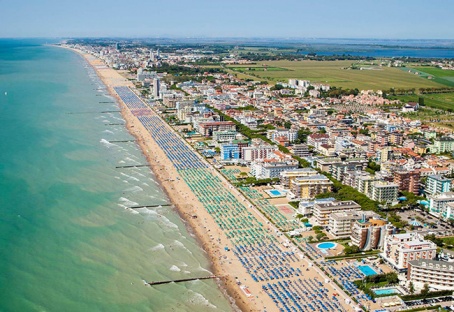
Food and flavours of Veneto
Food and flavours of the Veneto region are characterized by the great diversification of crops and production made possible by the great variety of landscapes in the Veneto region and the influence of foreign cultures that passed through Venice and spread throughout the region.
Among the main dishes of Venetian cuisine, we must mention Pearà, sardines in Saor, Vicenza-style cod and also the mantecato, Risi and bisi, Venetian-style liver and Polenta, which accompanies many preparations.
The Veneto region has a great wine tradition. In Veneto, moreover, was born Spritz, the Venetian aperitif now widespread throughout the world.

Unesco Sites of Veneto
Art and culture of Veneto
Art and culture in Veneto have been affected by the historical and morphological nature of the region, which offers evidence of various eras that, however, differ from area to area. Medieval Venetian art, for example, tends towards the Romanesque in the expressions of Vicenza and Verona, while it shows strong contaminations in those of Venice because of its nature as a maritime republic. Sticking to medieval art, it is impossible not to mention Giotto's frescoes in Padua.
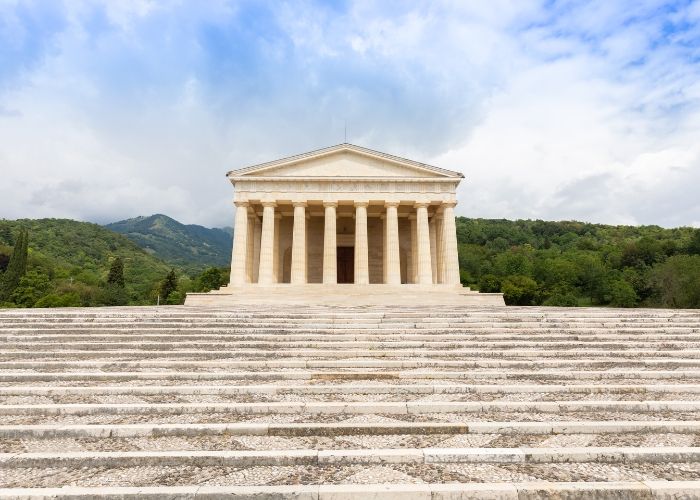
Latest News from Veneto
Stay updated on the latest news from the Veneto region, from travel tips to news about this region. Thanks to these articles you can always be updated on the most important events present in Veneto, to prepare and enjoy your trip at best, without unexpected events. Here you can find all the latest news in the sports, cultural and political fields.

Exhibitions, events and shows in Veneto
Every year in Veneto an endless number of events take place, from wine and food exhibitions to artistic ones. Every year in Verona, since 1967, there is Vinitaly, an international exhibition of wine and distillates, the most important one in Italy and one of the most renowned ones in the world. Another very famous exhibition organised in the Veneto region is the Venice Art Biennale, one of the most important and prestigious international contemporary art exhibitions in the world, organized every two years by the Venice Biennale Foundation. Discover in this section the most important events organised in Veneto.

Stories and traditions of Veneto
The history of Veneto is rich in events that have characterized habits and traditions of the Venetian population. Just think of the famous Carnival of Venice, one of the most famous and appreciated in the world: this festival dates back to the time of the Maritime Republic of Venice, also called "the Serenissima". The first evidence of this festival dates back to 1094 and the first document that declares it a public holiday is 1296. Even today, several centuries later, this festival is celebrated and appreciated by citizens and tourists from all over the world.

Veneto Region
Veneto is a region in northeastern Italy. Considering its geography, it constitutes the eighth-largest Italian region in terms of surface area. It borders Friuli-Venezia Giulia and the Adriatic Sea to the east, Austria to the north, Trentino-Alto Adige to the northwest, Lombardy to the west, and Emilia-Romagna to the south.
From a natural point of view, it offers a diversified landscape capable of satisfying every type of visitor: here, nothing is lacking, from the mountains to the hills, the sea, the rivers and the spas. Just think of Lake Garda, the Jesolo seafront, the Po Delta area, the famous Cortina d'Ampezzo and the thermal baths of Abano-Montegrotto. To be precise, more than 50 per cent of the territory consists of plains, 14 per cent of hills and 30 per cent of mountains, which include the Carnic Alps, the eastern Dolomites and the Venetian Pre-Alps. In addition, the region has a coastline that stretches approximately 150 kilometres along the Adriatic Sea, characterised by a sandy coastal zone.
The history of Veneto is very ancient. The place's name derives from the first inhabitants of this land, the Veneti, who settled here more than 4000 years ago. They allied themselves with Rome in the 3rd century B.C. to face the barbarian threat. Many cities were founded in Roman times and still retain evidence of this, first and foremost Verona with its famous amphitheatre: the Arena. The Veneto region is known as 'The land of Venice', and its history was inevitably marked by that of the Serenissima Republic of Venice, which, founded in 697, had a life of more than 1100 years and became one of the most significant commercial and naval powers in the entire Mediterranean. However, Veneto's illustrious past has always continued to be an integral part of the regional identity. Even today, it is still one of the driving regions of the Italian economy.
The region has a great artistic and historical heritage, beautiful cities and villages. The area boasts no less than 9 UNESCO World Heritage Sites: the Dolomites, the Prosecco Hills of Conegliano and Valdobbiadene, Venice and its lagoon, the city of Verona, the city of Vicenza and Palladio's villas of the Veneto, Padua's 14th-century fresco cycles, the Botanical Garden of Padua, the Venetian works of defence between the 16th and 17th centuries and three of the one hundred and eleven prehistoric pile-dwelling sites in the Alps.
The Veneto can be reached by plane, ship, car or train. The main airports are the Marco Polo International Airport in Venice - Tessera, the Valerio Catullo Airport in Verona - Villafranca and the Antonio Canova Airport in Treviso. Venice Marco Polo is the leading international airport in the region. The airports of Verona and Treviso are served by many low-cost airlines. The entire area is well connected by railway lines that make it easy to reach the main cities of art, which have stations very close to the centre. There is also an efficient public transport system and a dense road and motorway network. From the port of Venice, ferries and fast ships connect the city with Croatia, Dalmatia, Istria, Greece and Turkey daily.
There are numerous destinations of interest. Besides the beauty of world-famous Venice, this region is famous for the charm of Verona, the city of Romeo and Juliet, Padua, a treasure trove of artistic masterpieces including those of the great Giotto, and Vicenza, the city of Palladio. Also noteworthy are the walled cities, including Marostica, Asolo, Montagnana, Este, Cittadella, and Castelfranco Veneto. The Riviera del Brenta, adorned with majestic Venetian villas inherited from the Serenissima Republic of Venice, is also well worth a visit.
Veneto's seven provincial capital cities are Venice, Padua, Vicenza, Verona, Treviso, Rovigo and Belluno.
Venice stands on over 100 islets and has 435 bridges spanning 176 canals. It is adorned with magnificent palaces and monuments like St Mark's Basilica. The city boasts Europe's oldest Jewish ghetto (13th century) and the world's oldest casino (1638). Venice is also the home of Marco Polo, the traveller par excellence who, in his book 'Il Milione', recounted his journey to discover China along the Silk Road. Another city pride is Murano glass and Burano lace, the jewels in the crown of Made in Italy.
Padua is famous for three things: the Prato without grass, the Santo without a name and the Caffè without doors. The first is the Prato della Valle square; the second is St Anthony, the city's patron saint; and the third is the 19th-century Caffè Pedrocchi, which used to be open 24 hours a day. Padua boasts two UNESCO World Heritage Sites: its Botanical Garden and the 14th-century painting cycles included in Padova Urbs Picta, including the Scrovegni Chapel that Giotto frescoed. Padua is also the city of Italy's second oldest university, the Bo, where Galileo Galilei's chair still stands and where the world's first woman graduated.
Verona is the city of Romeo and Juliet. The entire historic centre is a UNESCO World Heritage Site. It offers many historical and cultural points of interest, first and foremost, its Arena, venue for concerts, musicals and operas. Also of great charm is the Castelvecchio fortress, an imposing construction on the northern bank of the Adige River dating back to the mid-14th century.
Vicenza is the home of Palladio, the famous Renaissance architect who created most of his wonders here, a UNESCO World Heritage Site since 1994. He gave the city and the surrounding landscape buildings of majestic elegance, including the Basilica Palladiana, the Olympic Theatre, the Loggia del Capitaniato and, just outside the town, Villa Almerico Capra, known as 'La Rotonda'.
Treviso is called 'Little Venice' because of its calm canals called 'cagnani'. The area of Conegliano and Valdobbiadene is famous for being the home of Prosecco. Treviso is also the birthplace of one of the most famous desserts in the world: Tiramisù. The city also holds the world's oldest mathematics book 'L'Aritmetica di Treviso' (original name: 'L'Arte de labbacho'), dating back to 1478.
Rovigo rises in Polesine, known as 'the land of the great rivers', the fertile flat land between the Po and Adige rivers. It is a relatively small and quiet town with monuments, theatres and palaces, and it hosts art exhibitions and other cultural events.
Belluno has a pretty historical centre with arcades and beautiful Renaissance and Gothic palaces.
The city's most significant peculiarity is the landscape it stands in: it offers a breathtaking view of the Dolomites, a UNESCO World Heritage Site. The Dolomiti Bellunesi National Park is ideal for lovers of all winter sports, trekking and walking, and has lush nature with many species of flora and fauna.


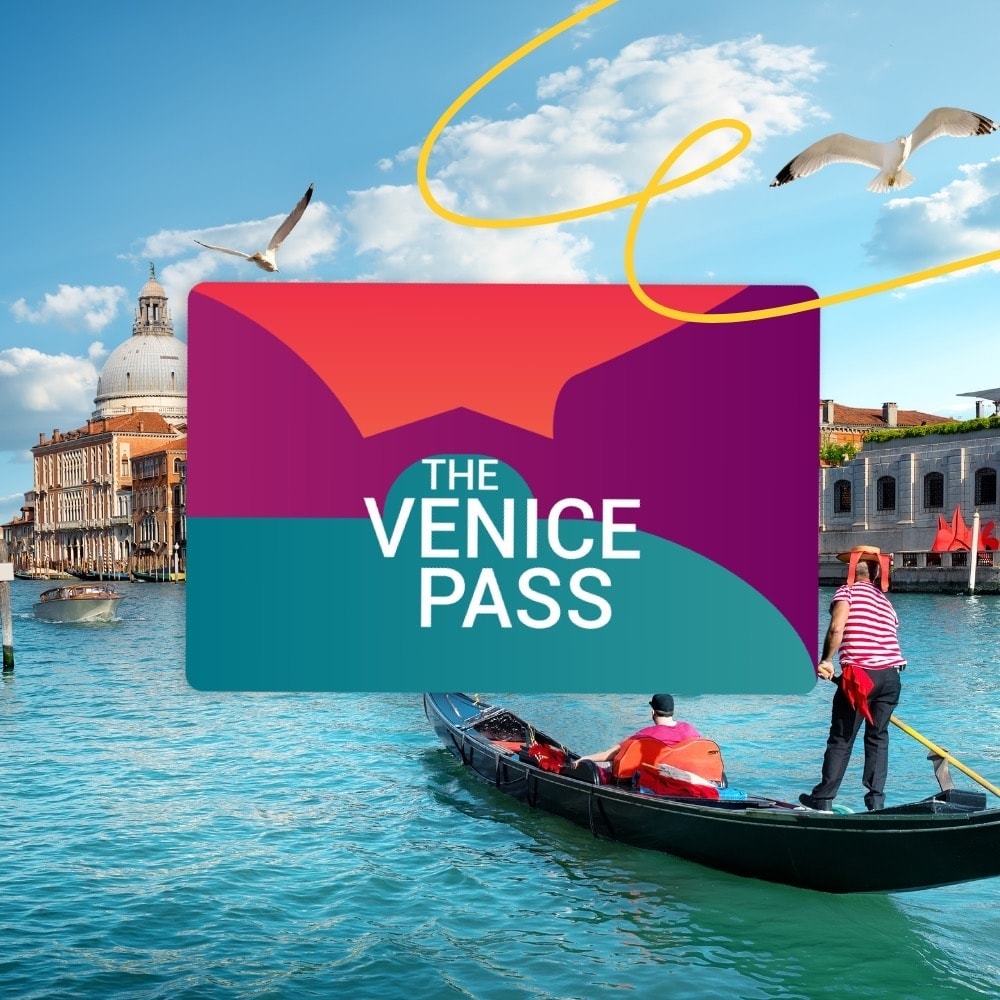
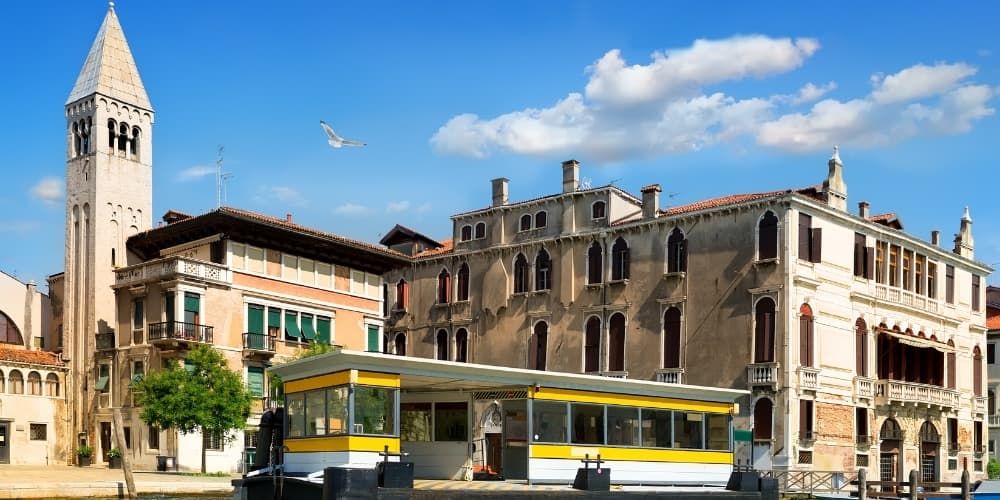
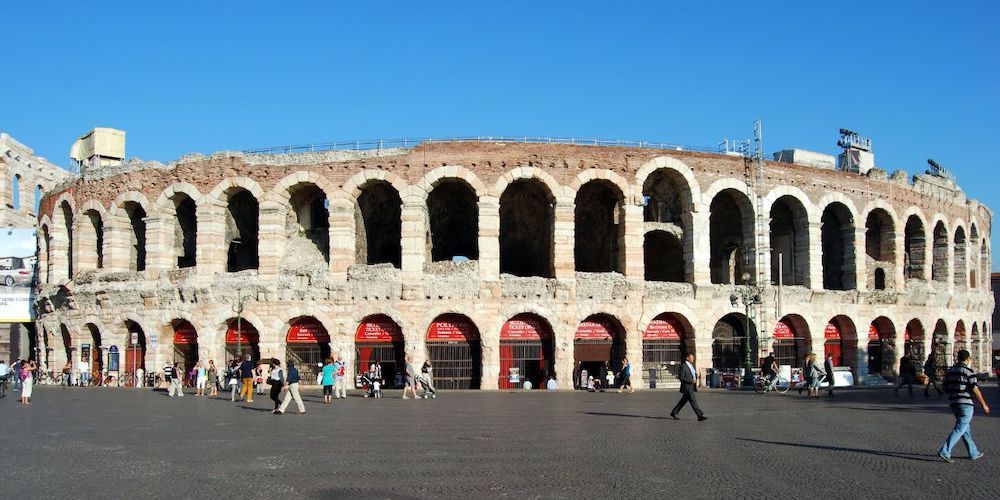

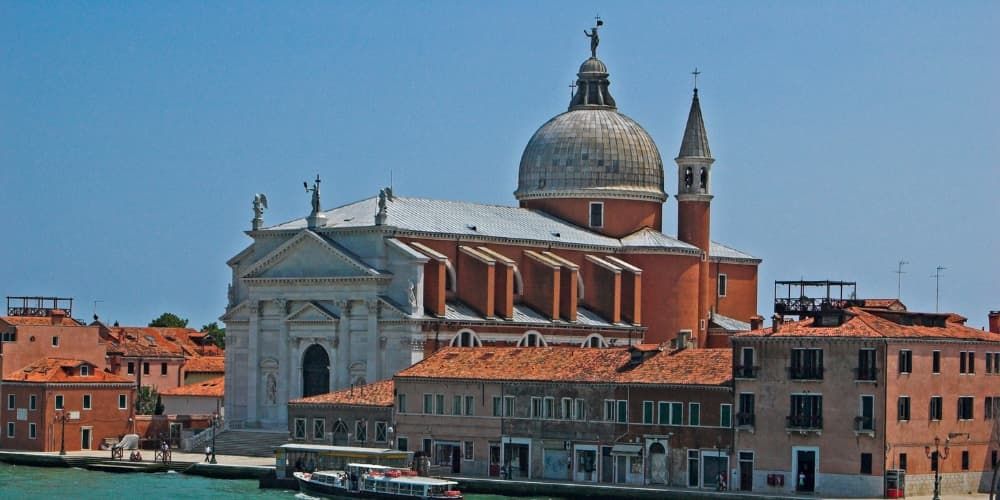

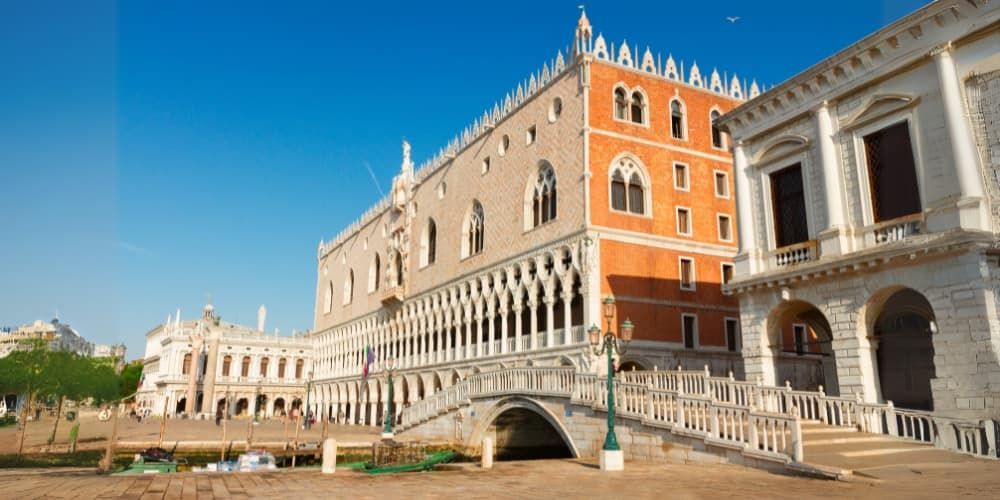
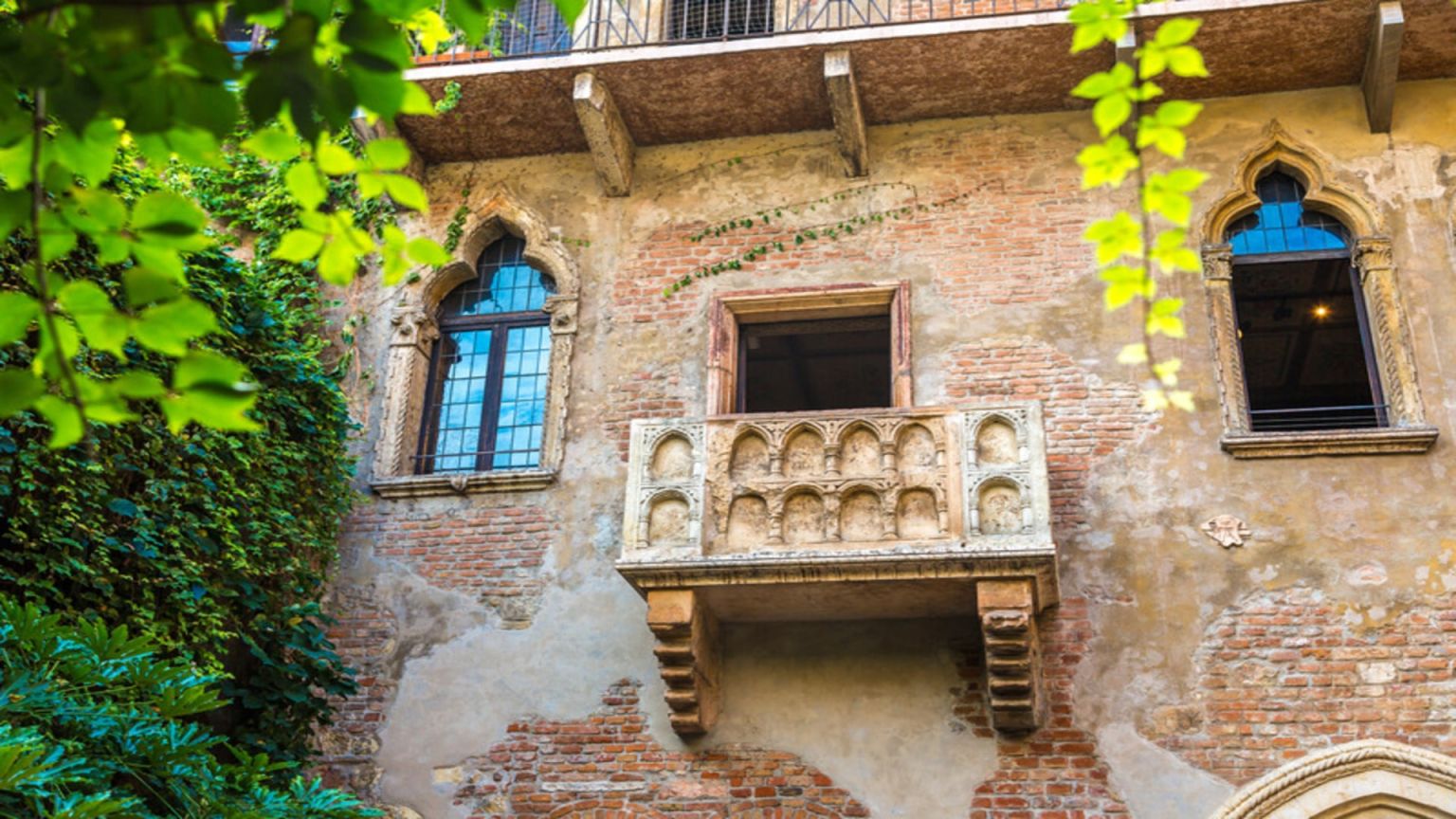
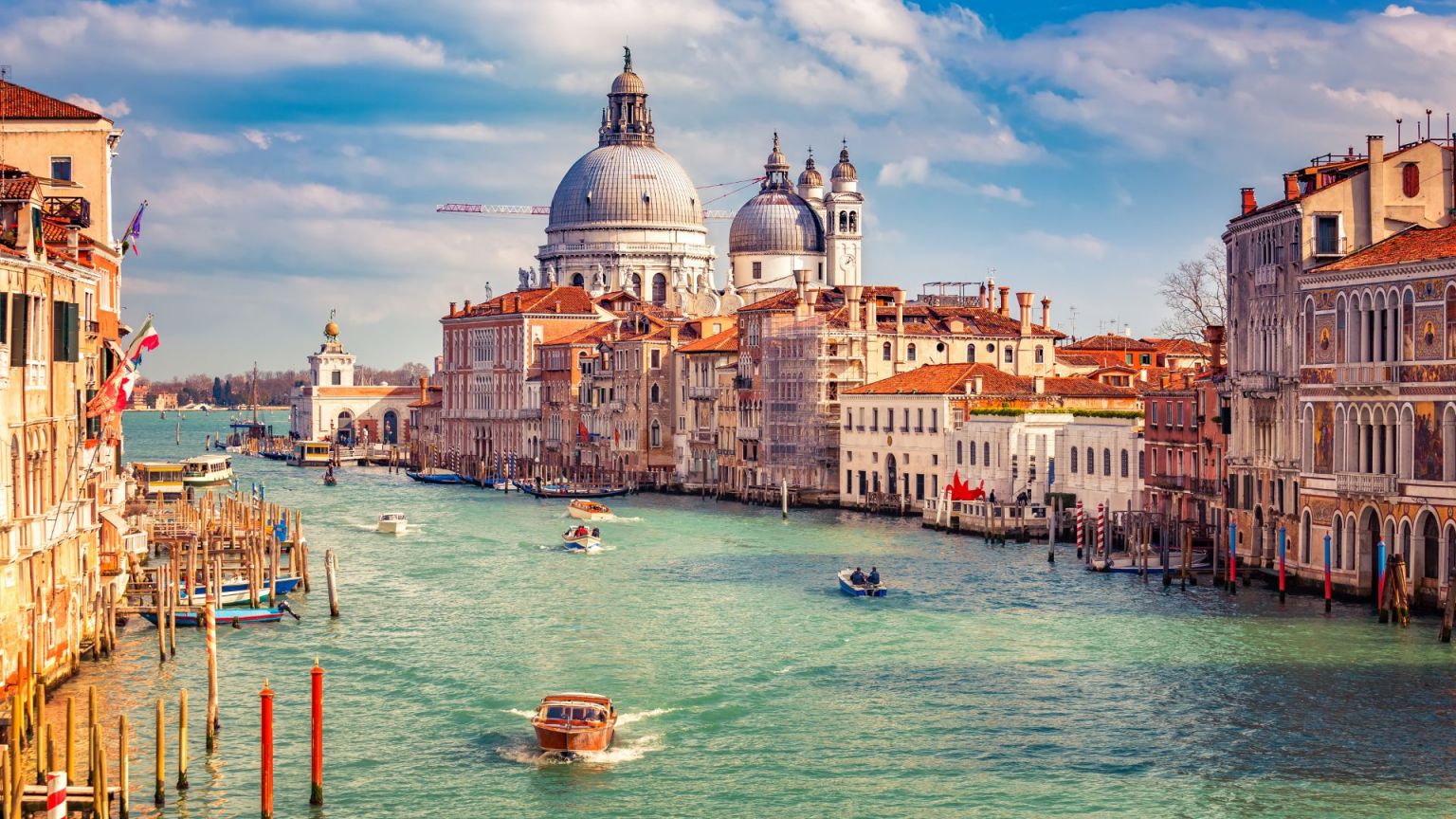
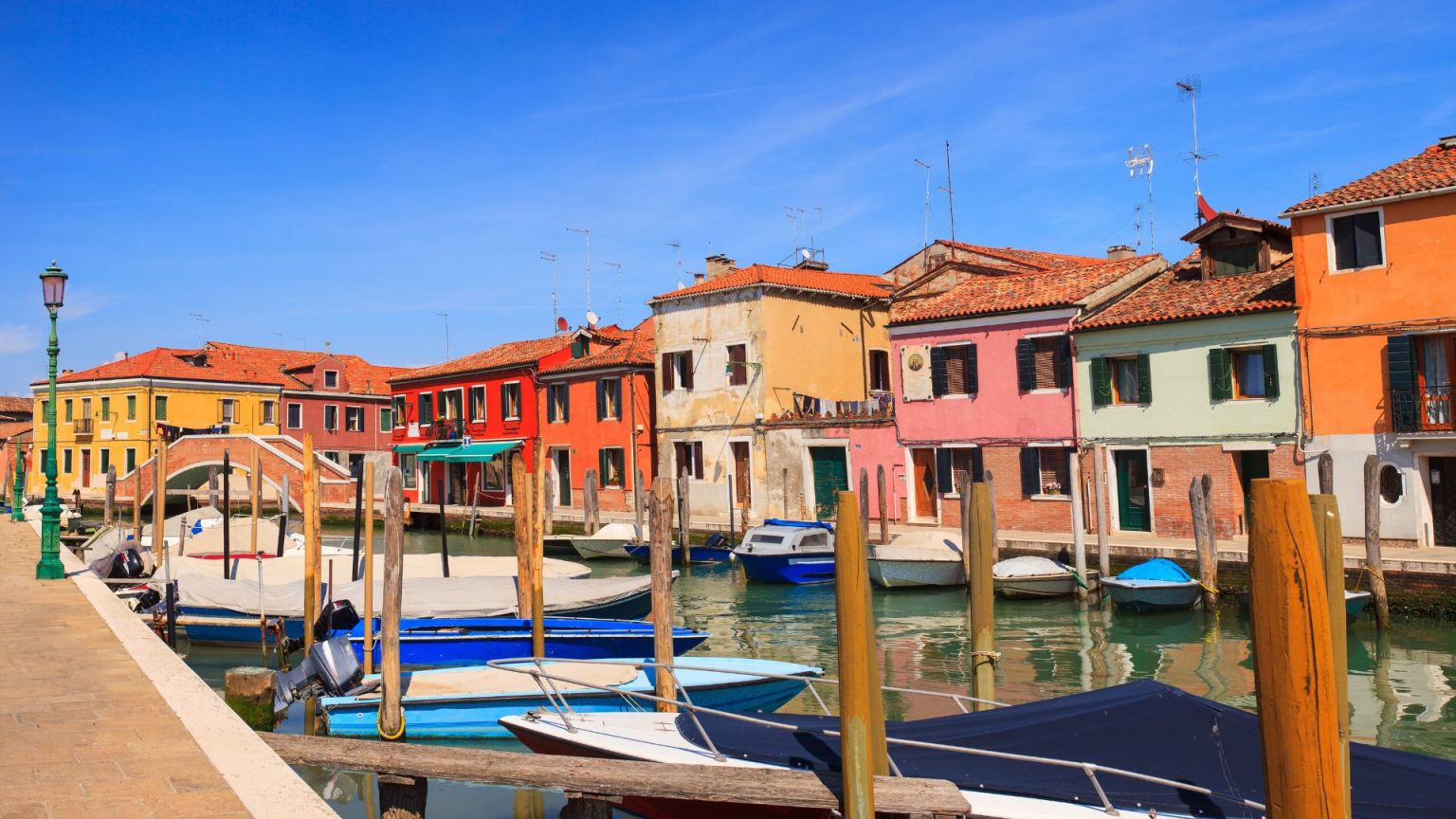
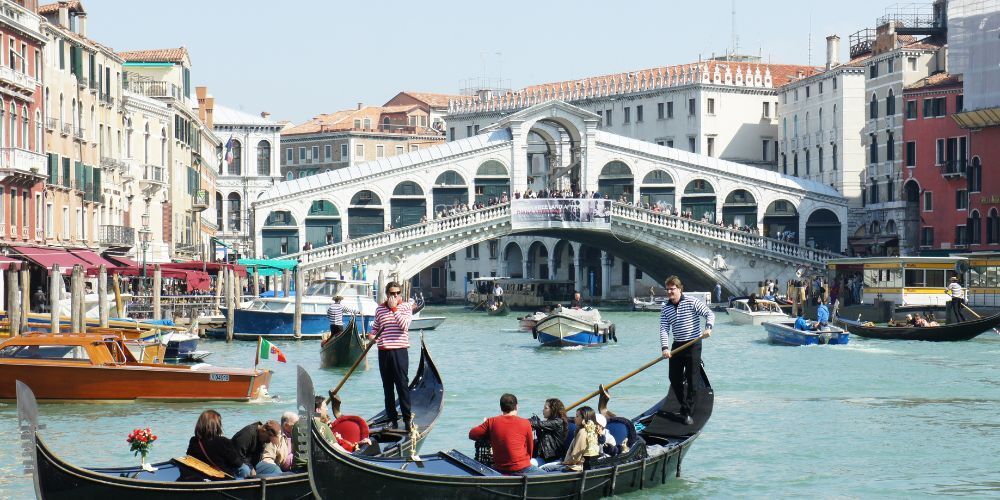
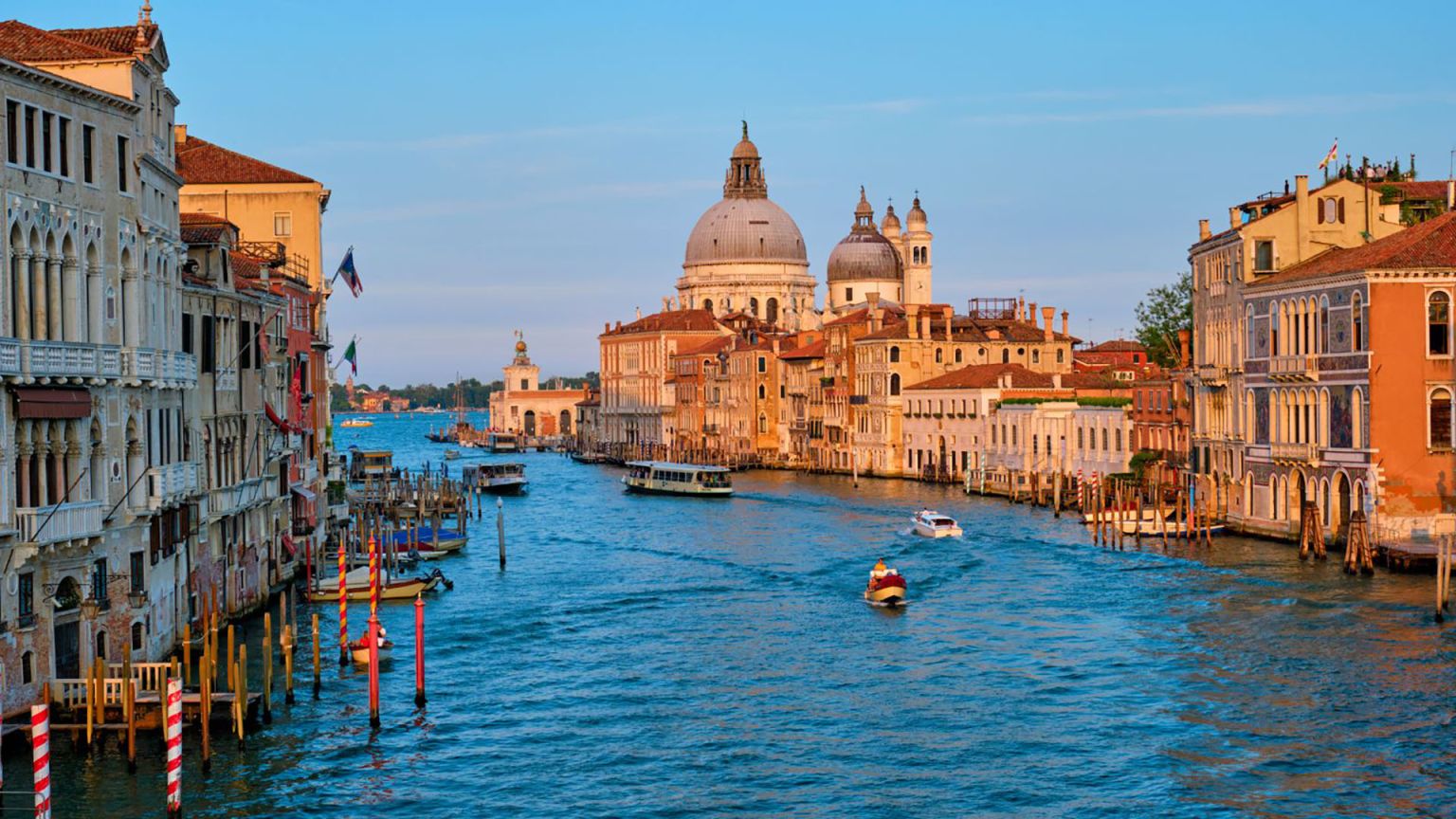
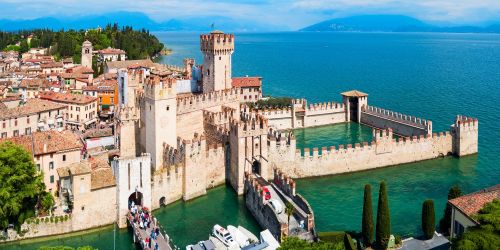
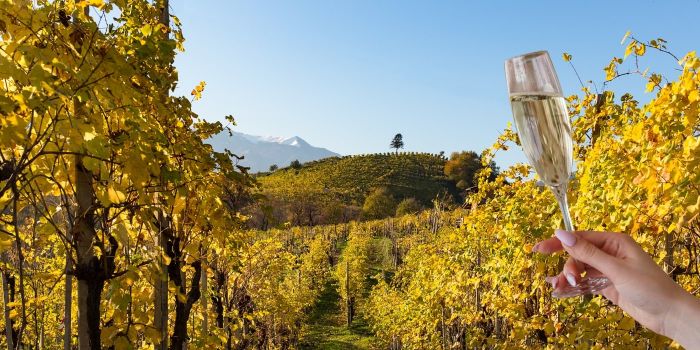
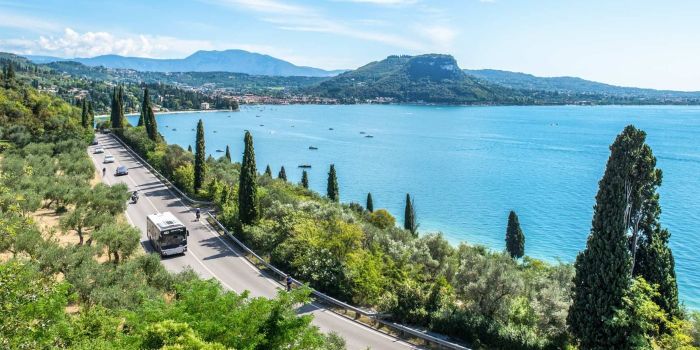
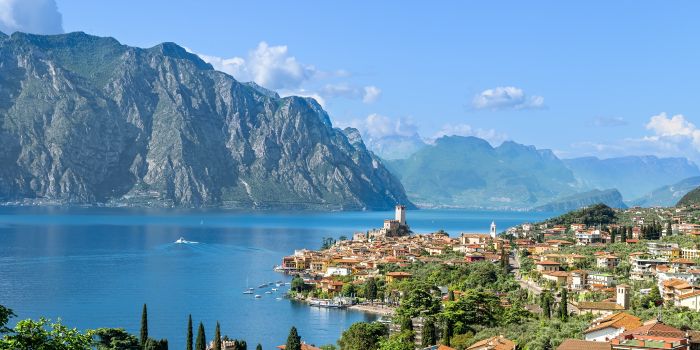

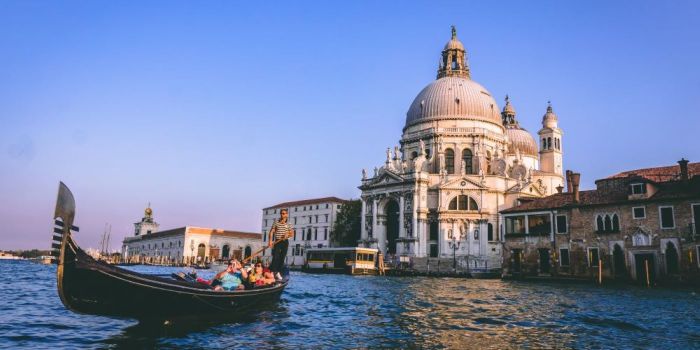
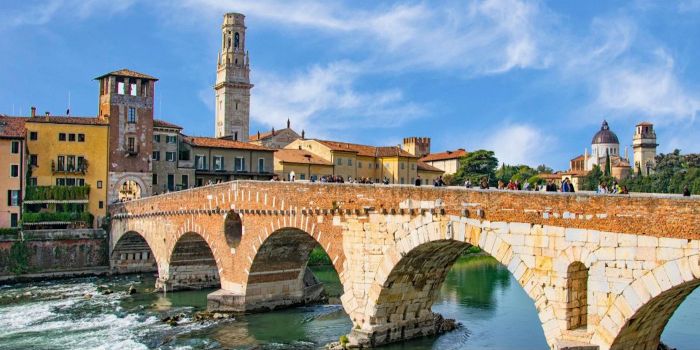
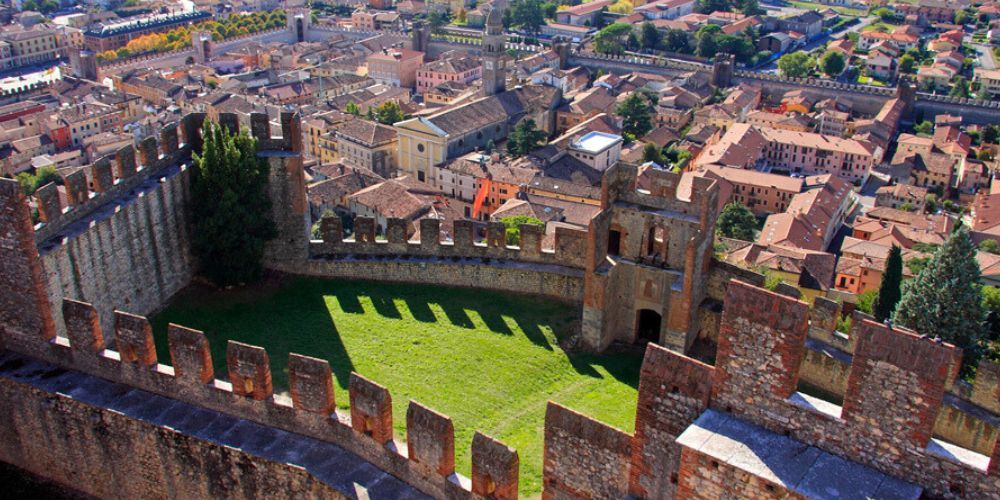
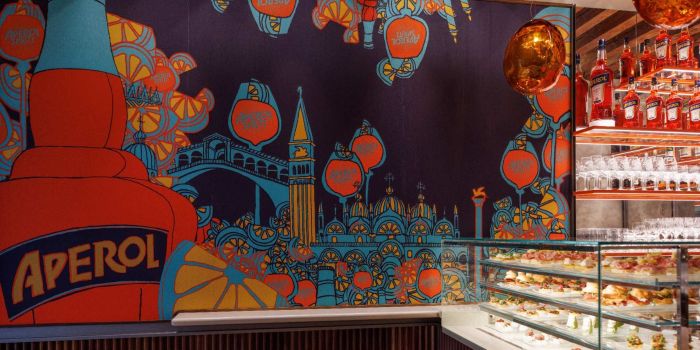

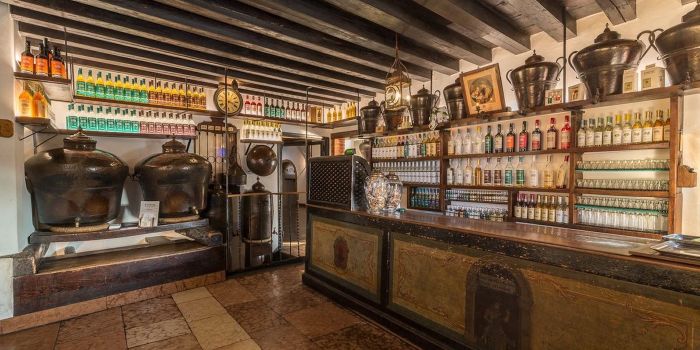

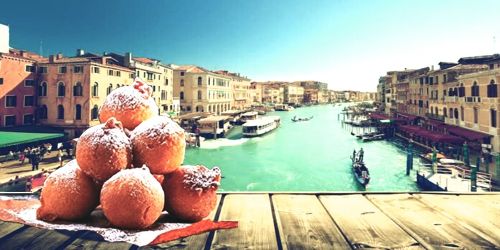
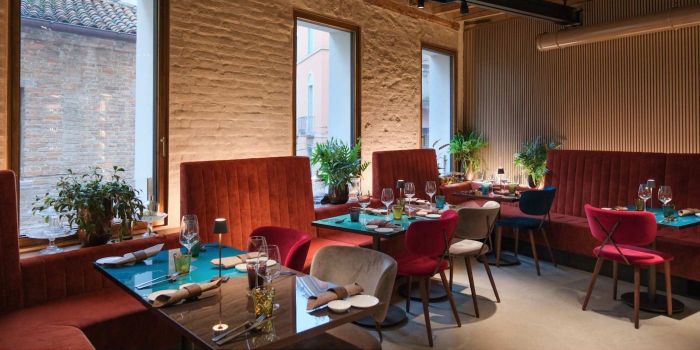

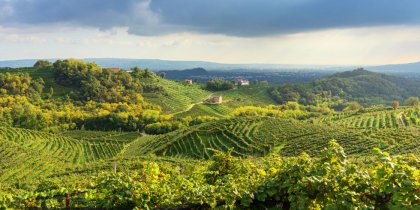

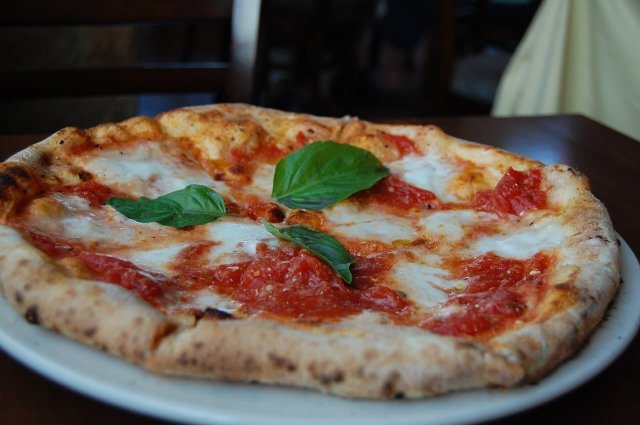

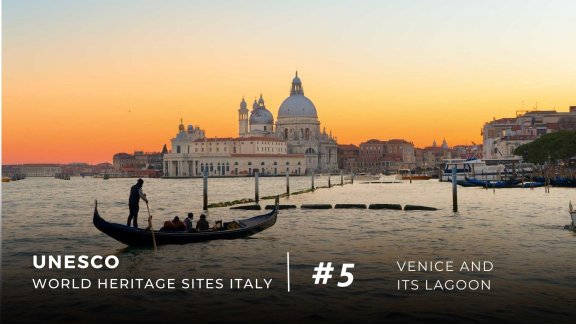
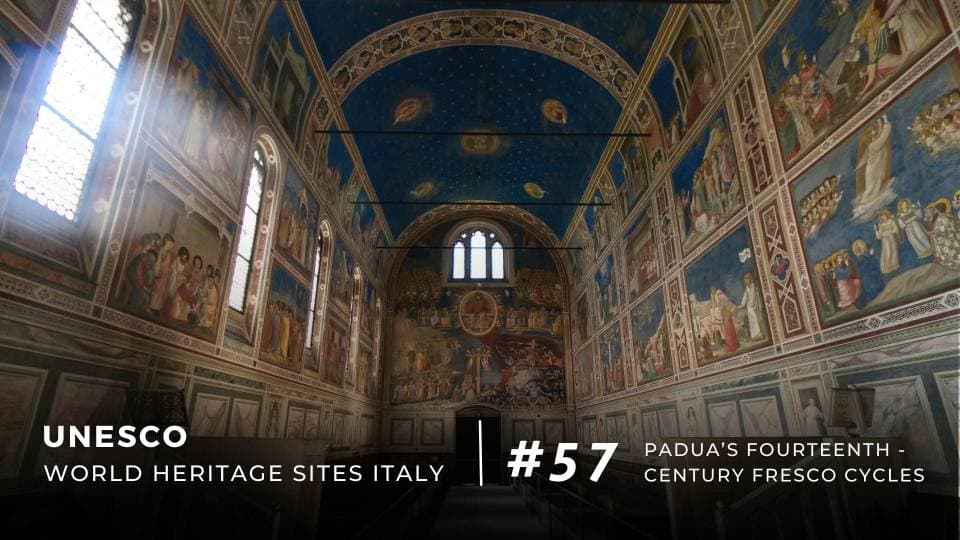
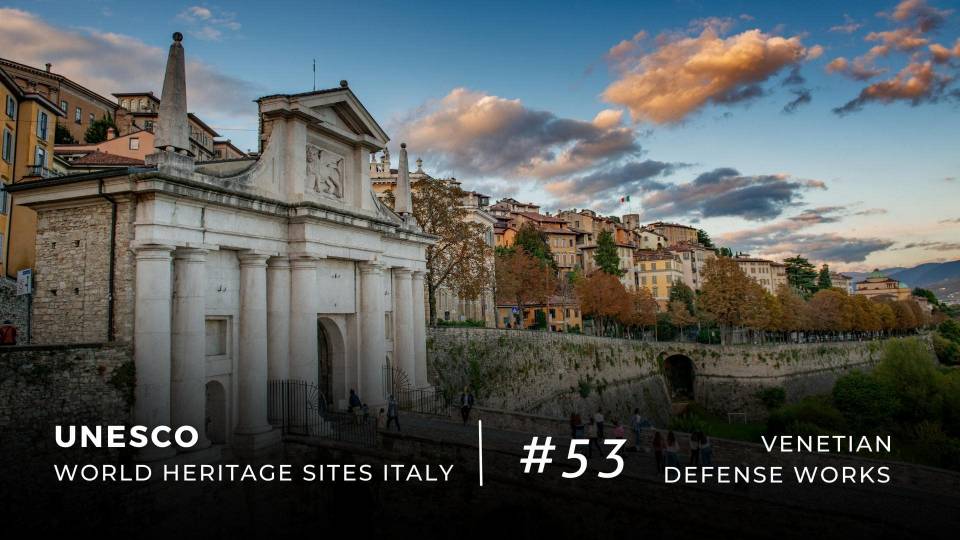
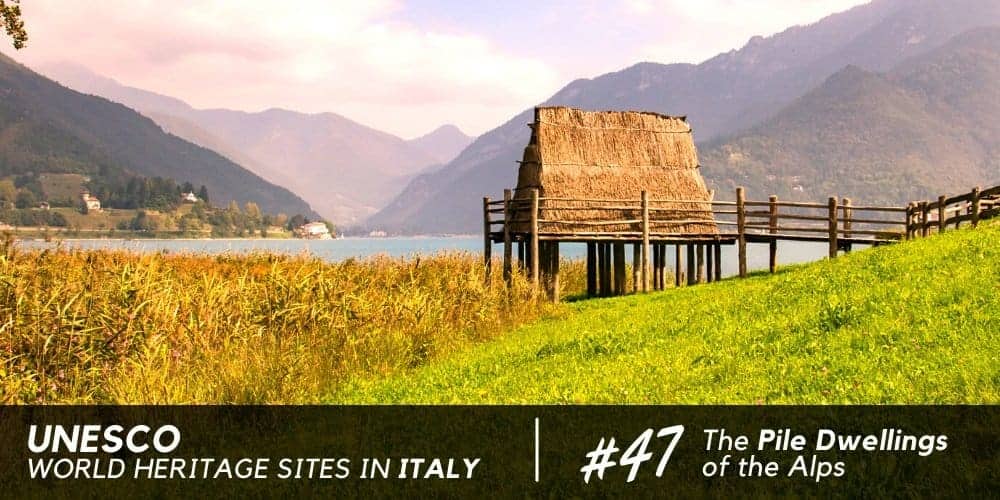
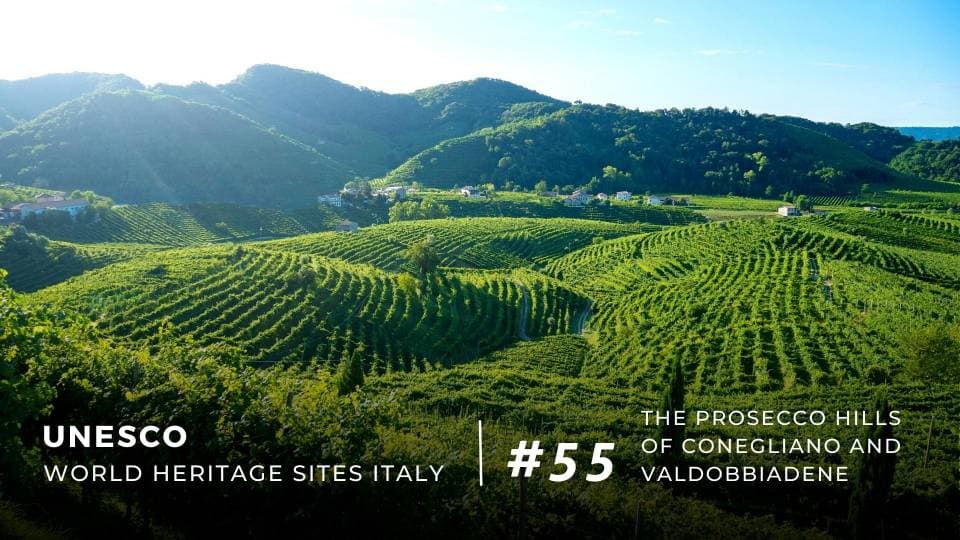
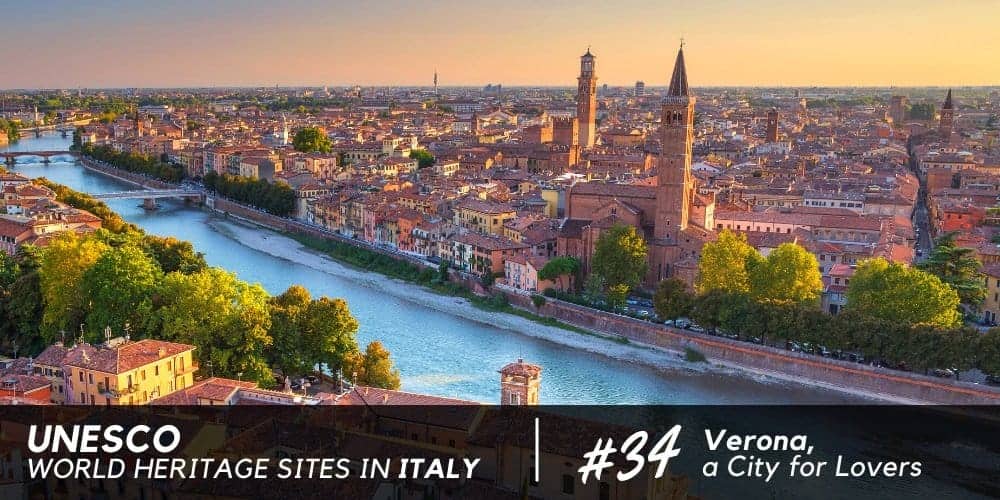
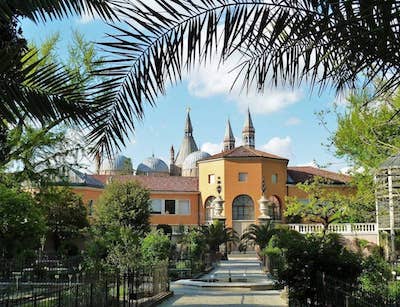

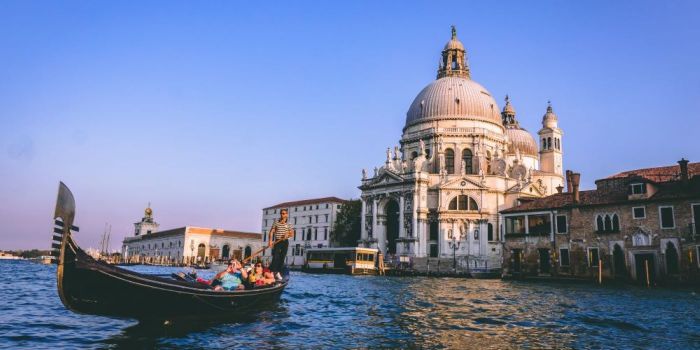
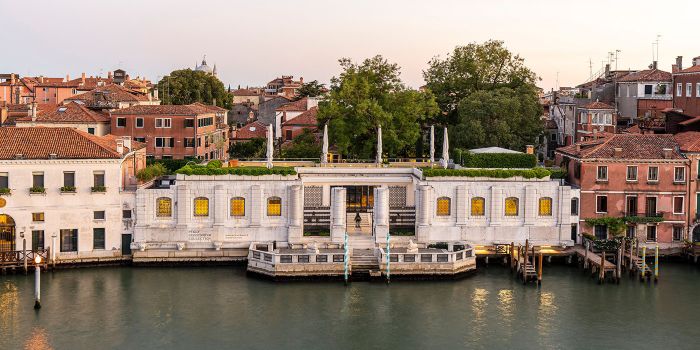
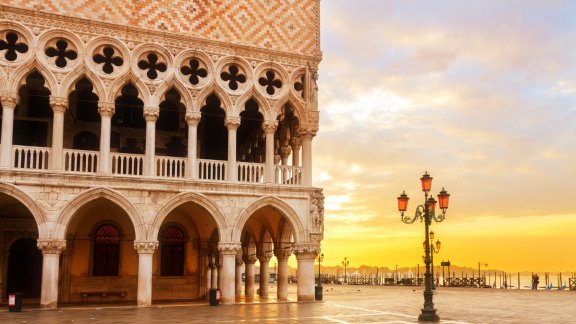
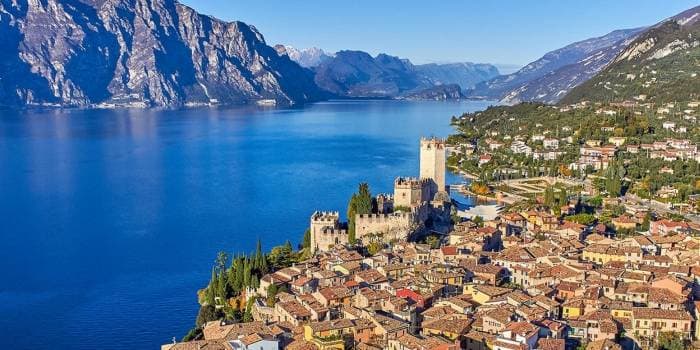
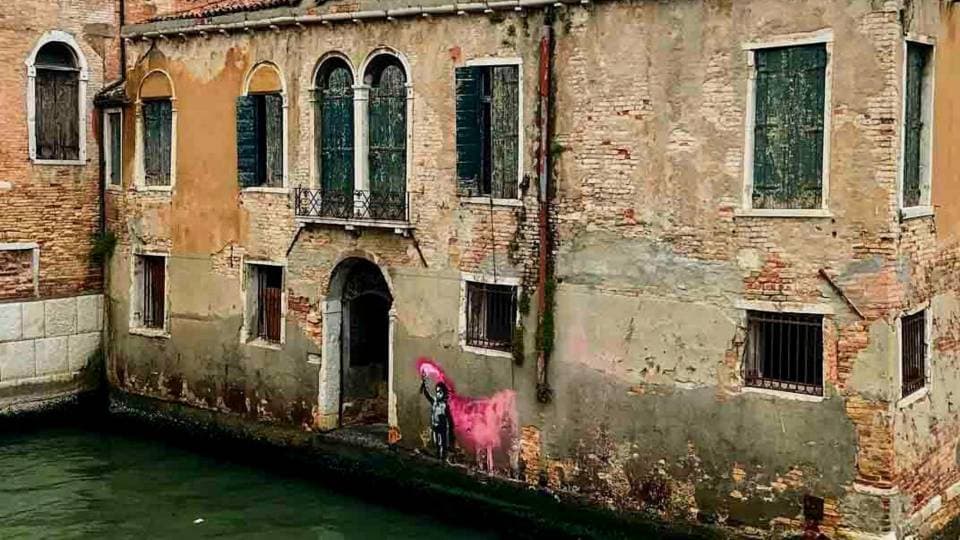
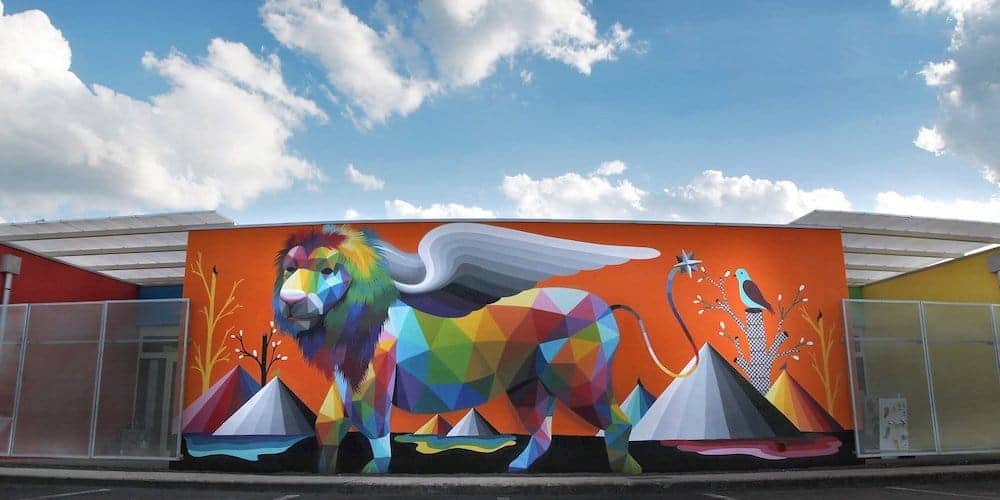

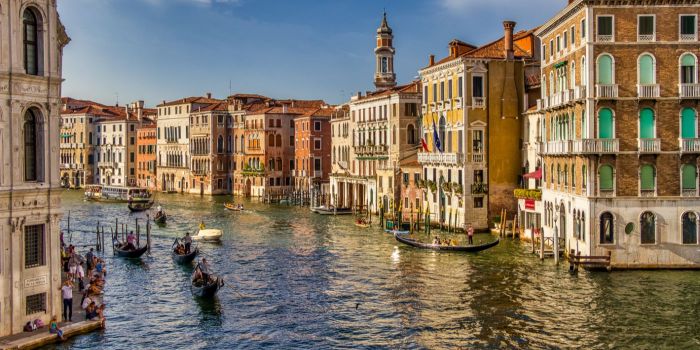
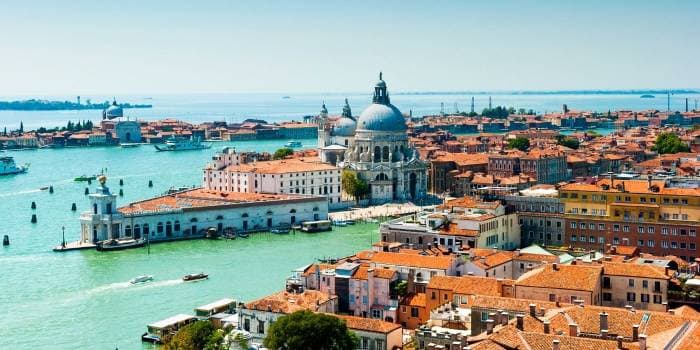
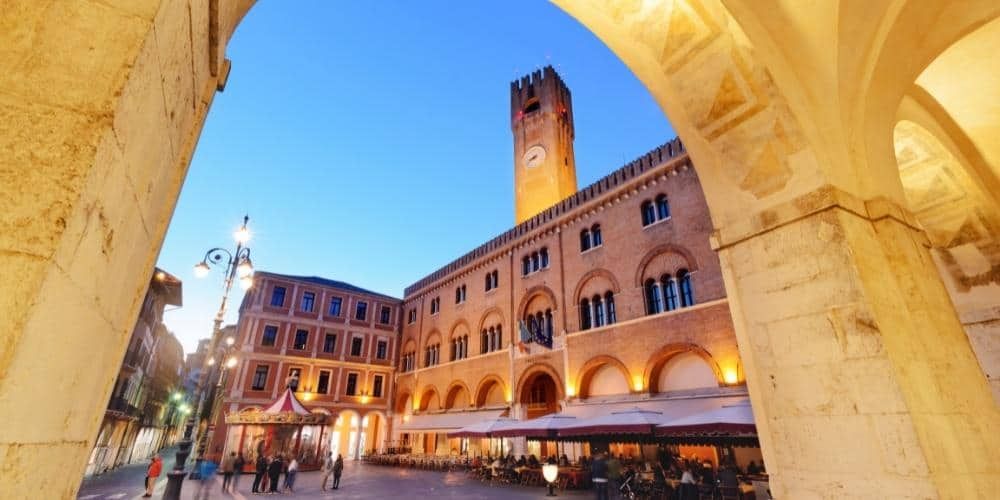

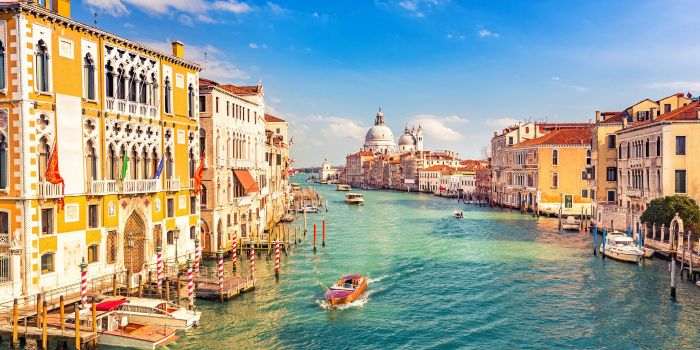
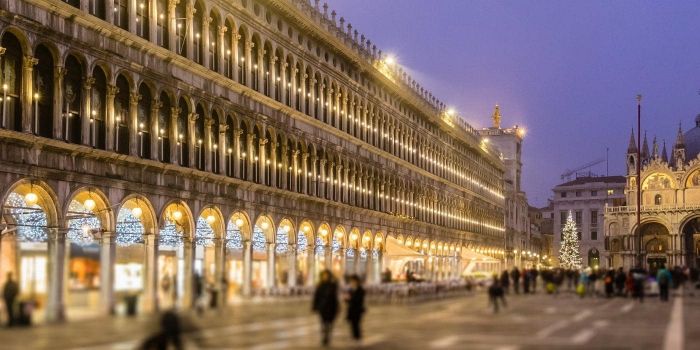

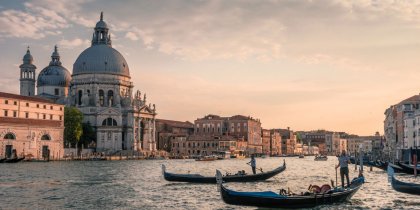
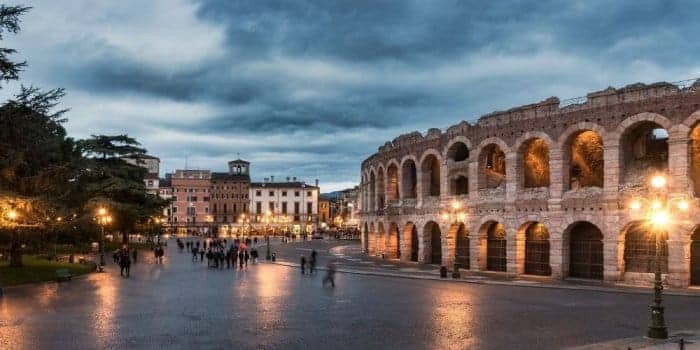
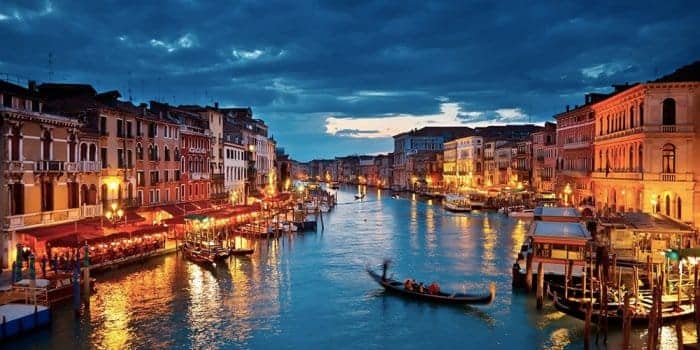
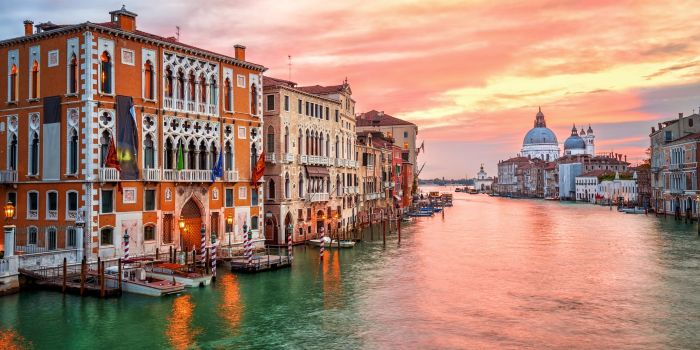

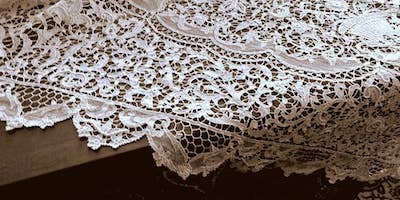
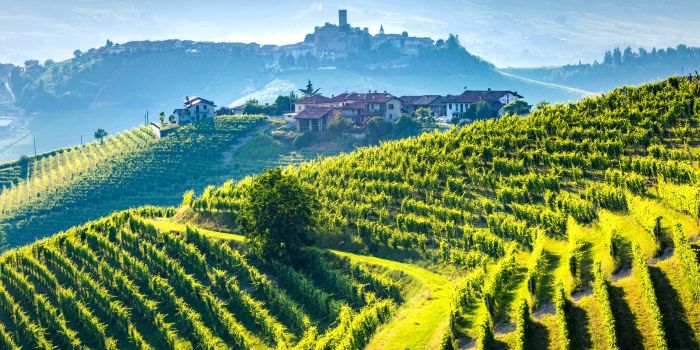
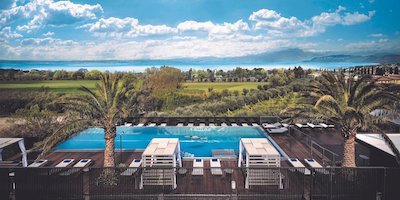
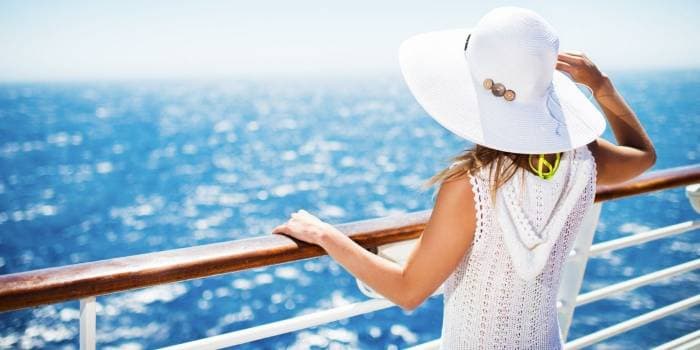
Ciao! I'm Monna Lisa, your digital travel designer. I'm here to help you plan your perfect trip to Italy.